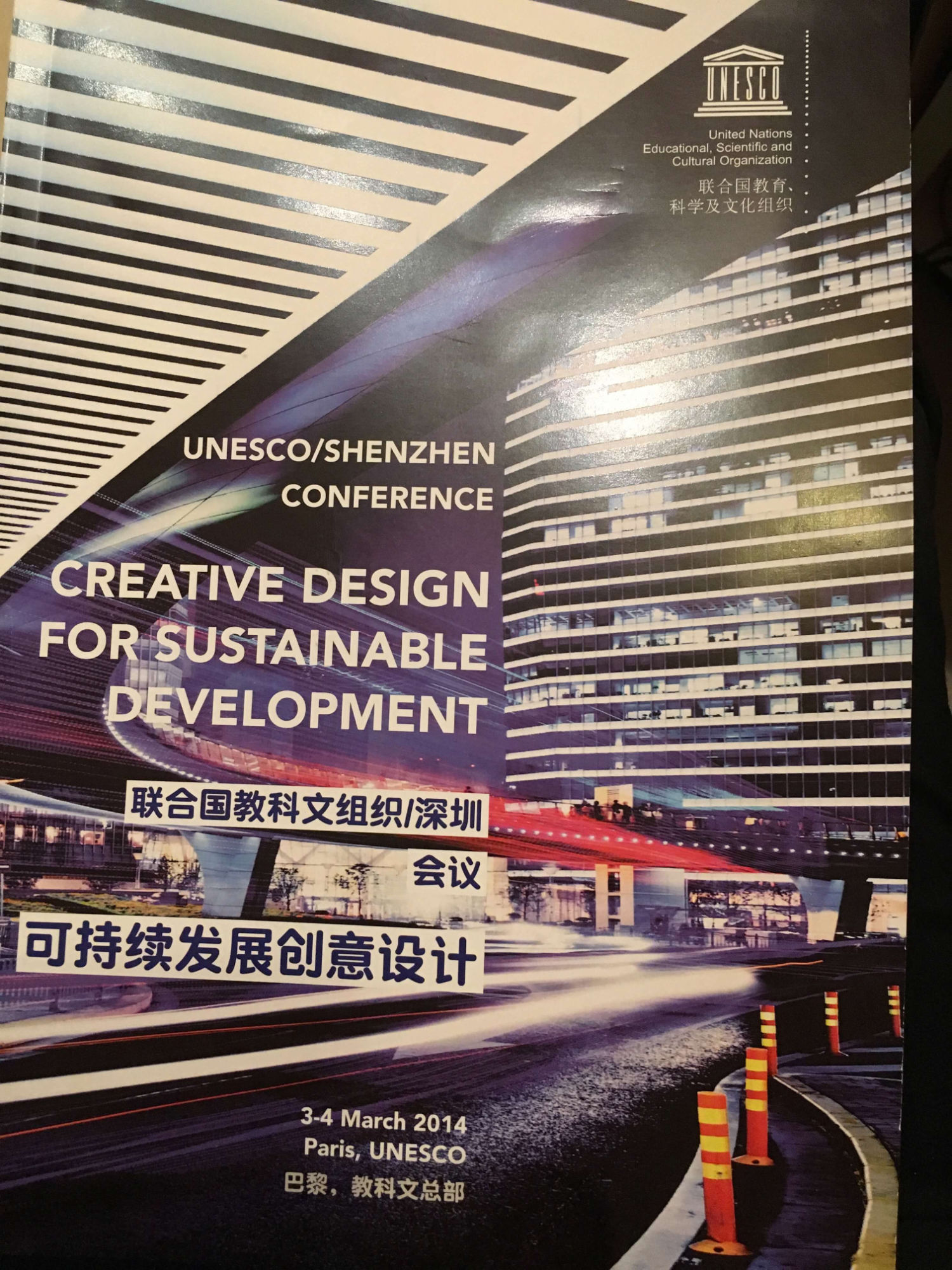Humanity is now half urban and is expected to be 70% urban by 2050. Yet, 60% of the area expected to be urban by 2030 remains to be built, indicating that the shape of future cities must and can be guided proactively.
Urban centers in this age of globalization must devise new strategies and initiatives for creating a sustainable roadmap. The soft power elements of creativity, innovation and imagination will play an enormous role in the future. And the role of design in all its diverse forms connected to the shaping of urban areas (urban design, information architecture, industrial design, interior design, landscape architecture, product design, process design etc.;) the role of design can be strategic in this respect.
As cities lose density and sprawl they lock themselves into unsustainable land use patterns where jobs and people are far from one another, transportation costs and congestion are high, infrastructure runs are longer and more costly, segregation of socio-economic groups and land use types are more pronounced and environmental impacts are greater. During the next several decades the world will more than double the amount of land used for cities. It is important to build this new urban fabric sustainably.
Cities remain large-scale consumers of water, energy, and natural and processed products as well as significant generators of greenhouse gas emissions and waste. By any measure, waste production is outpacing the earth’s carrying and regenerative capacity. This is particularly problematic as the world has entered an era of resource scarcity that requires us to do more with less. The future sustainability of cities in terms of energy supply, their role in meeting global emission reduction targets and their ability to participate in the carbon economy are by no means automatic. see more,....

